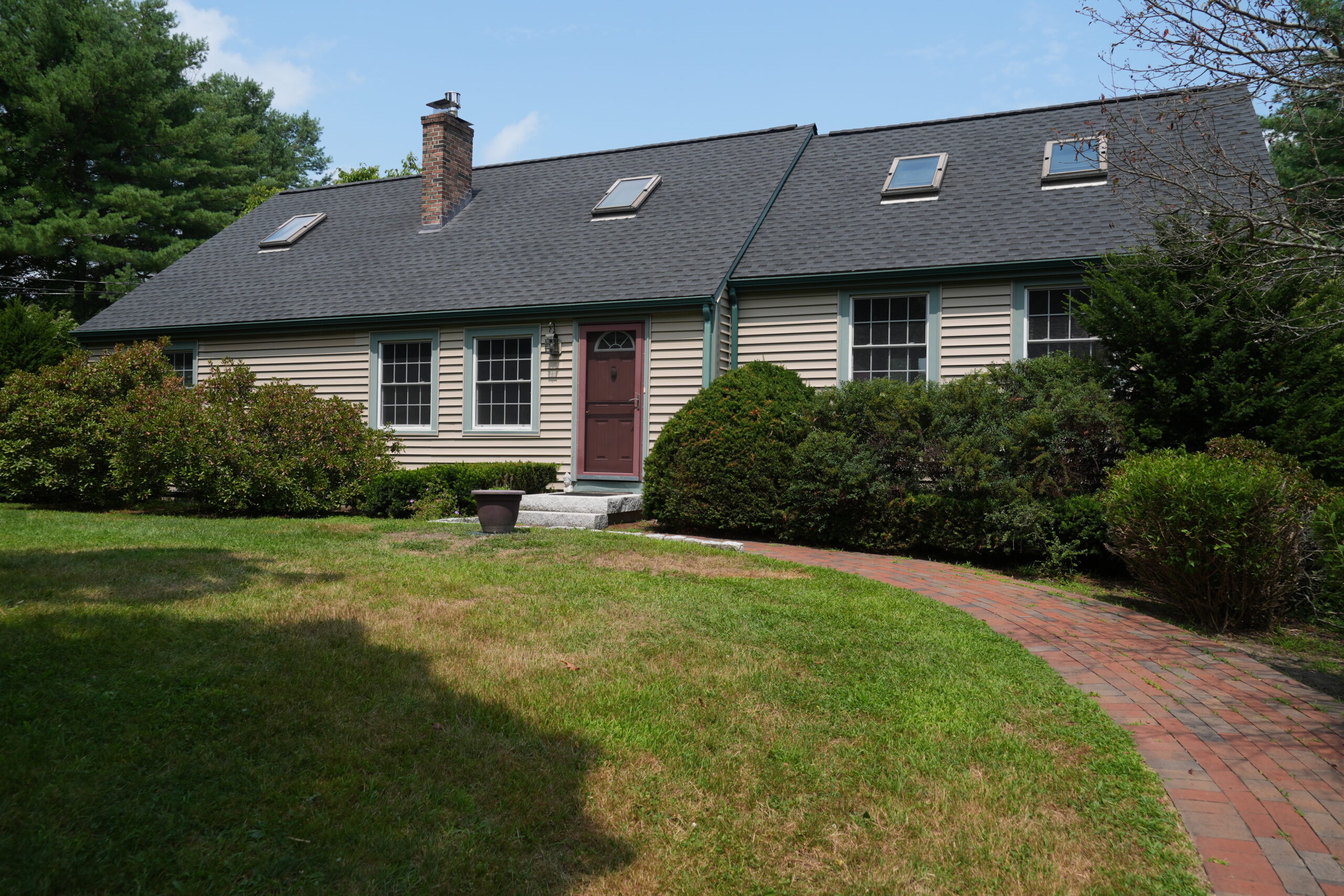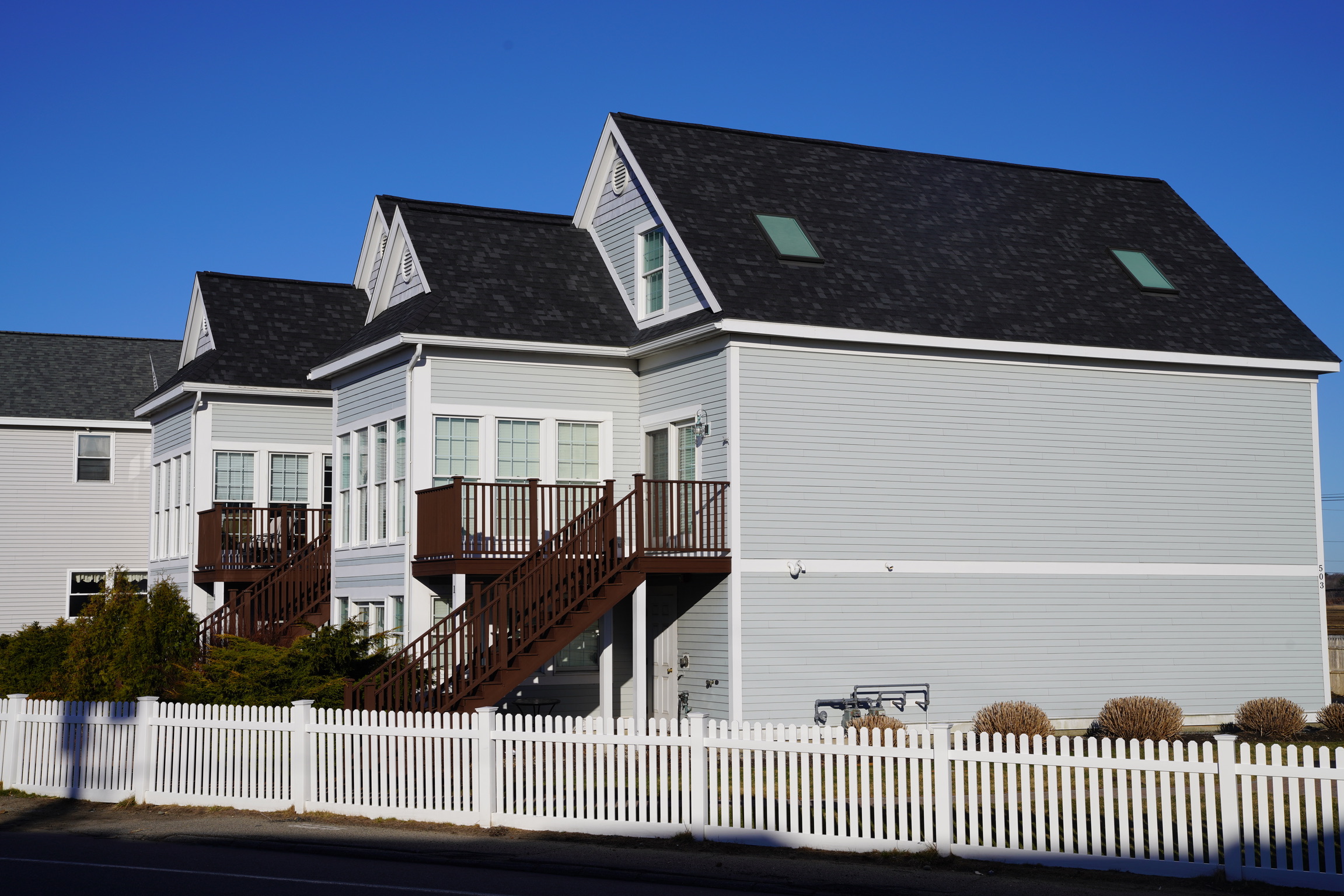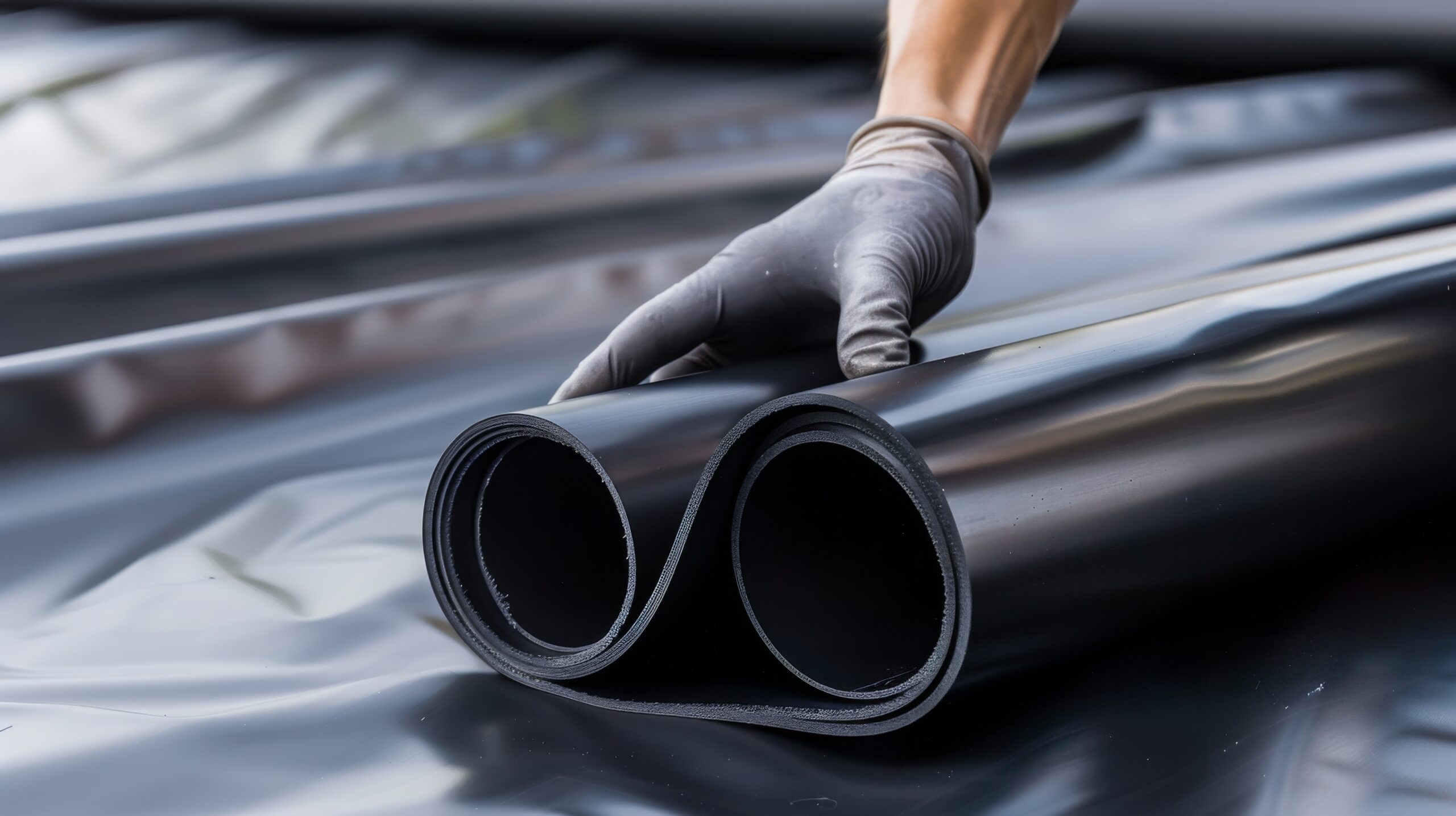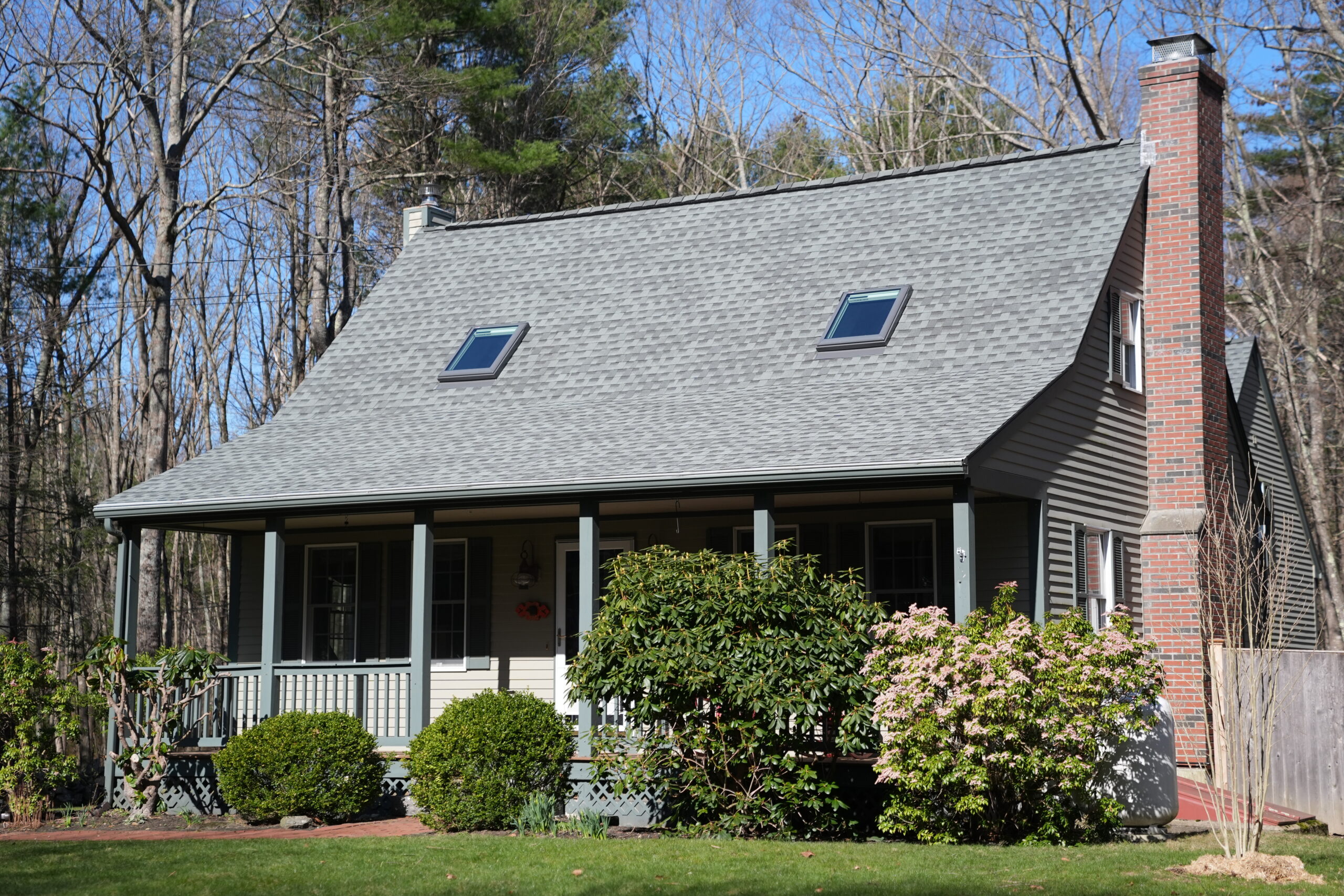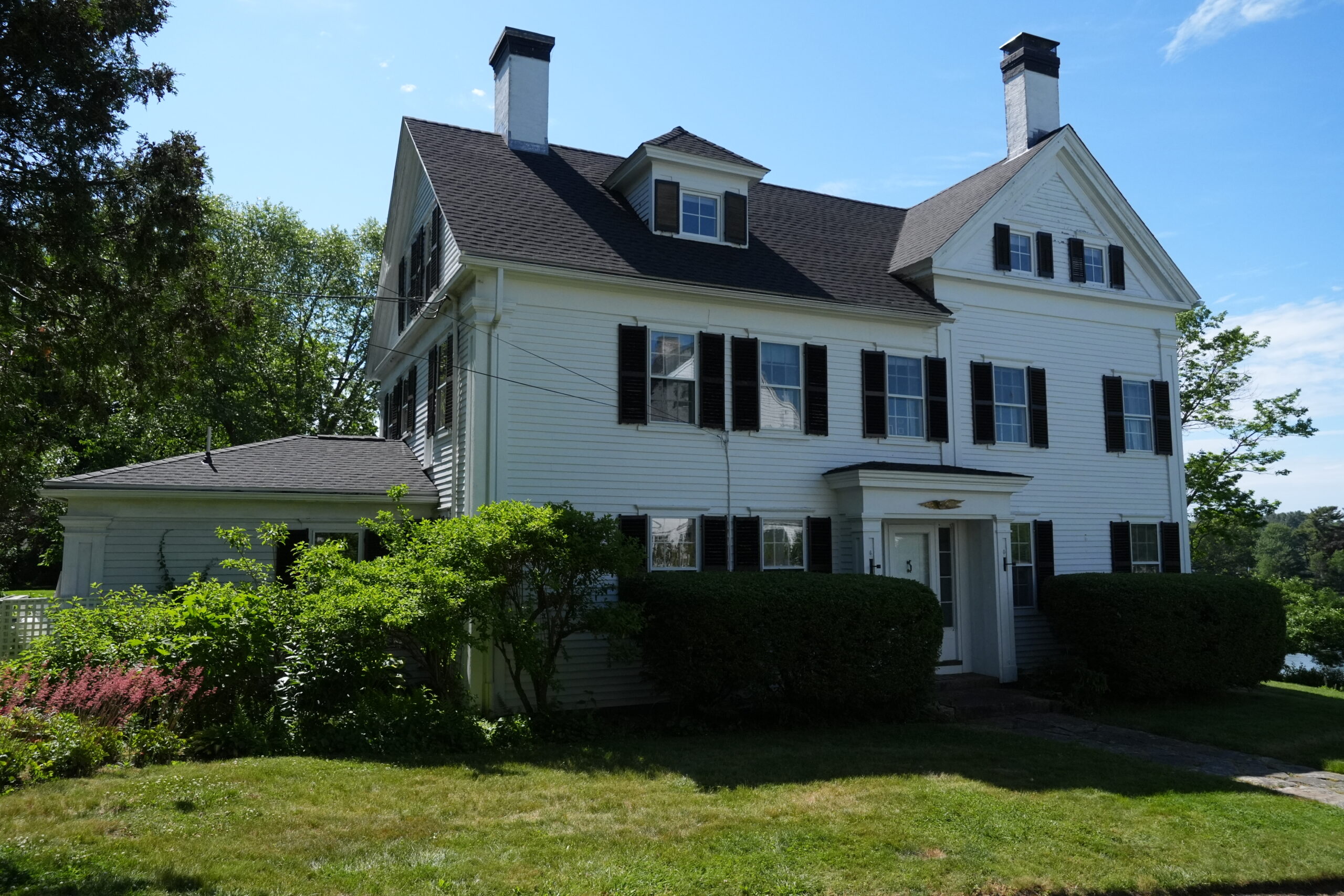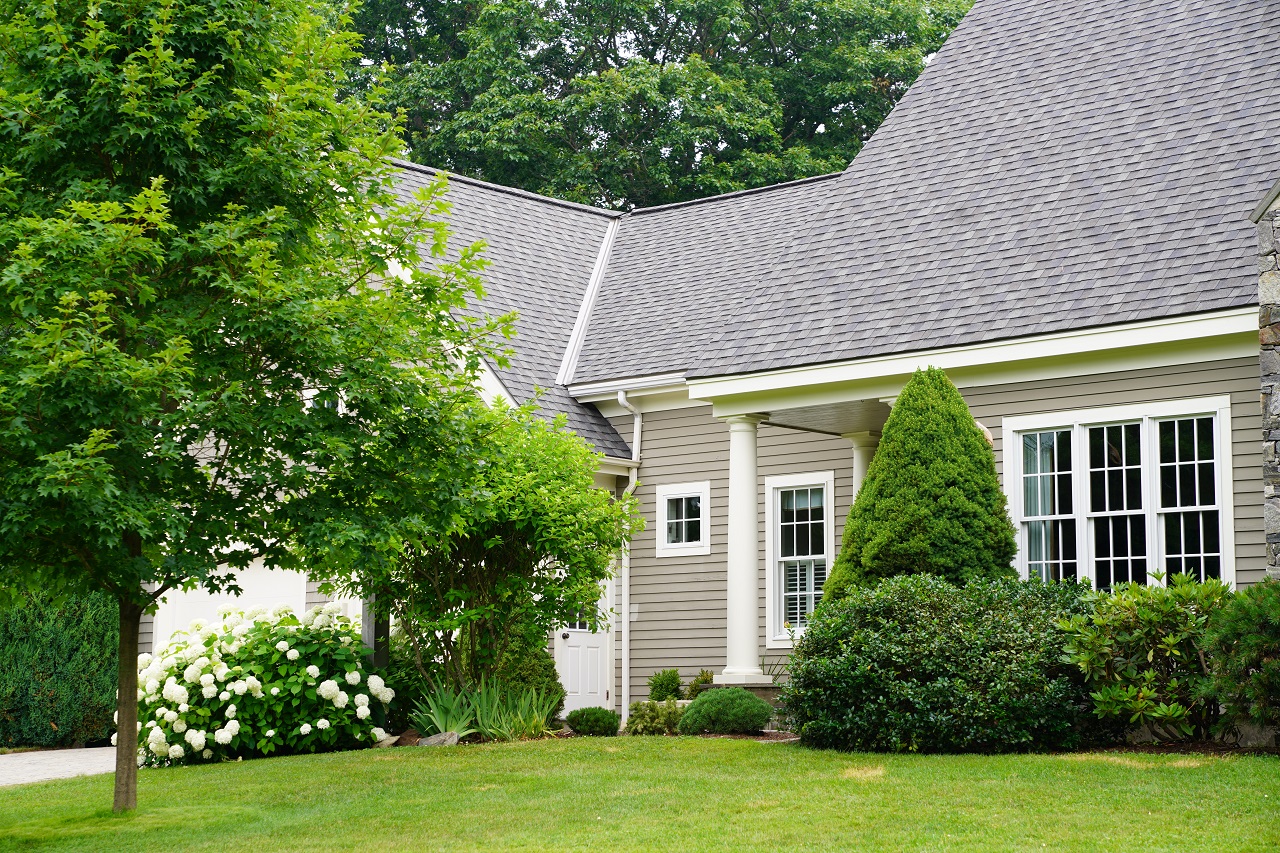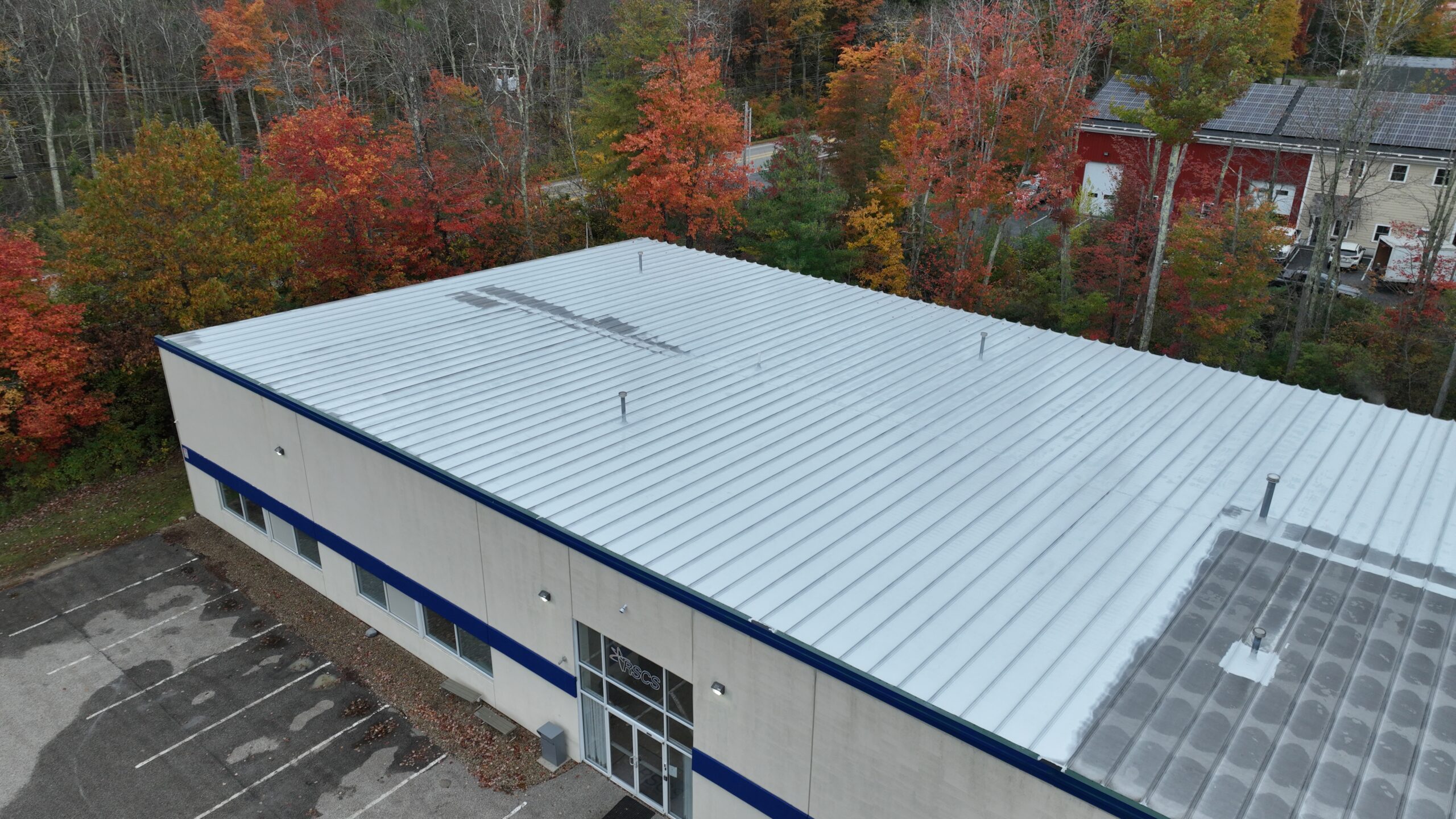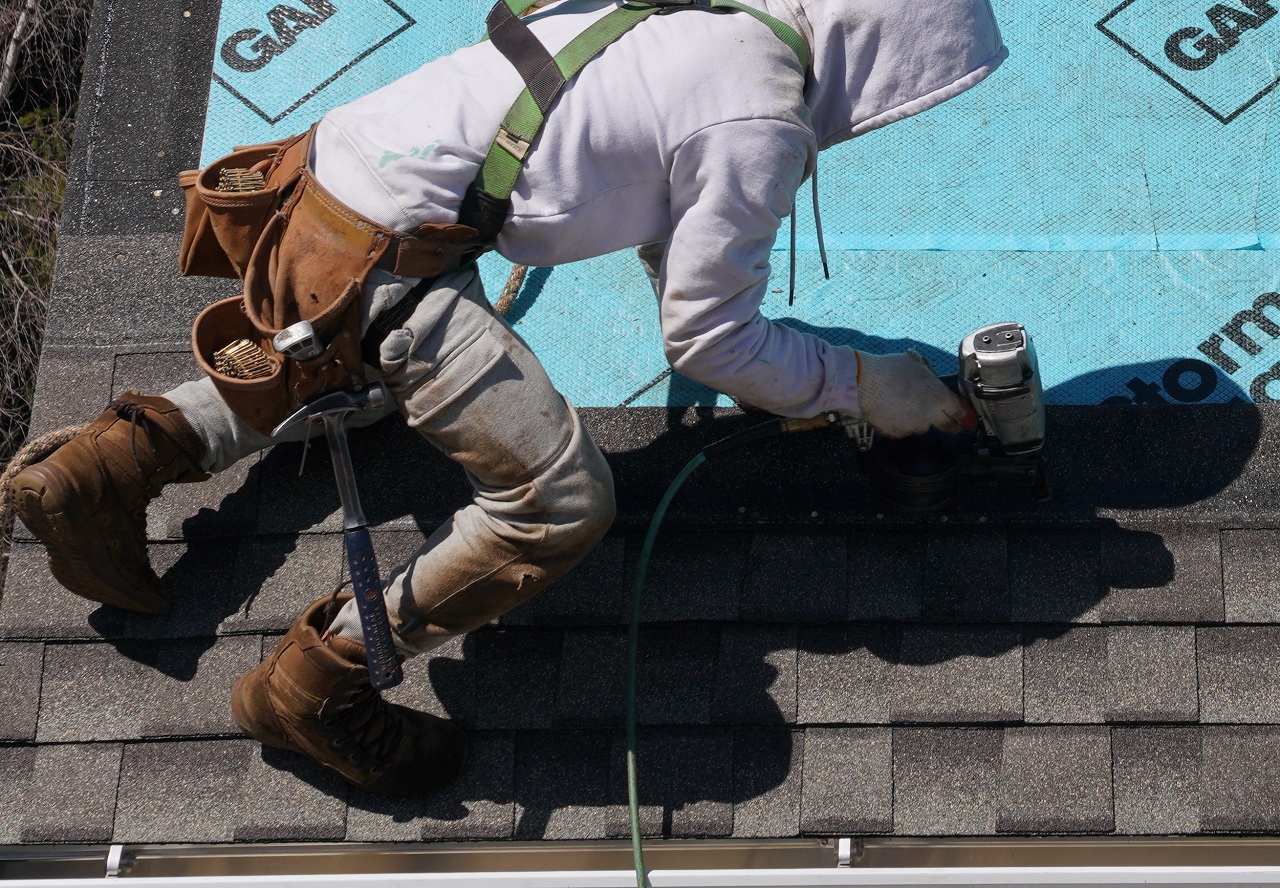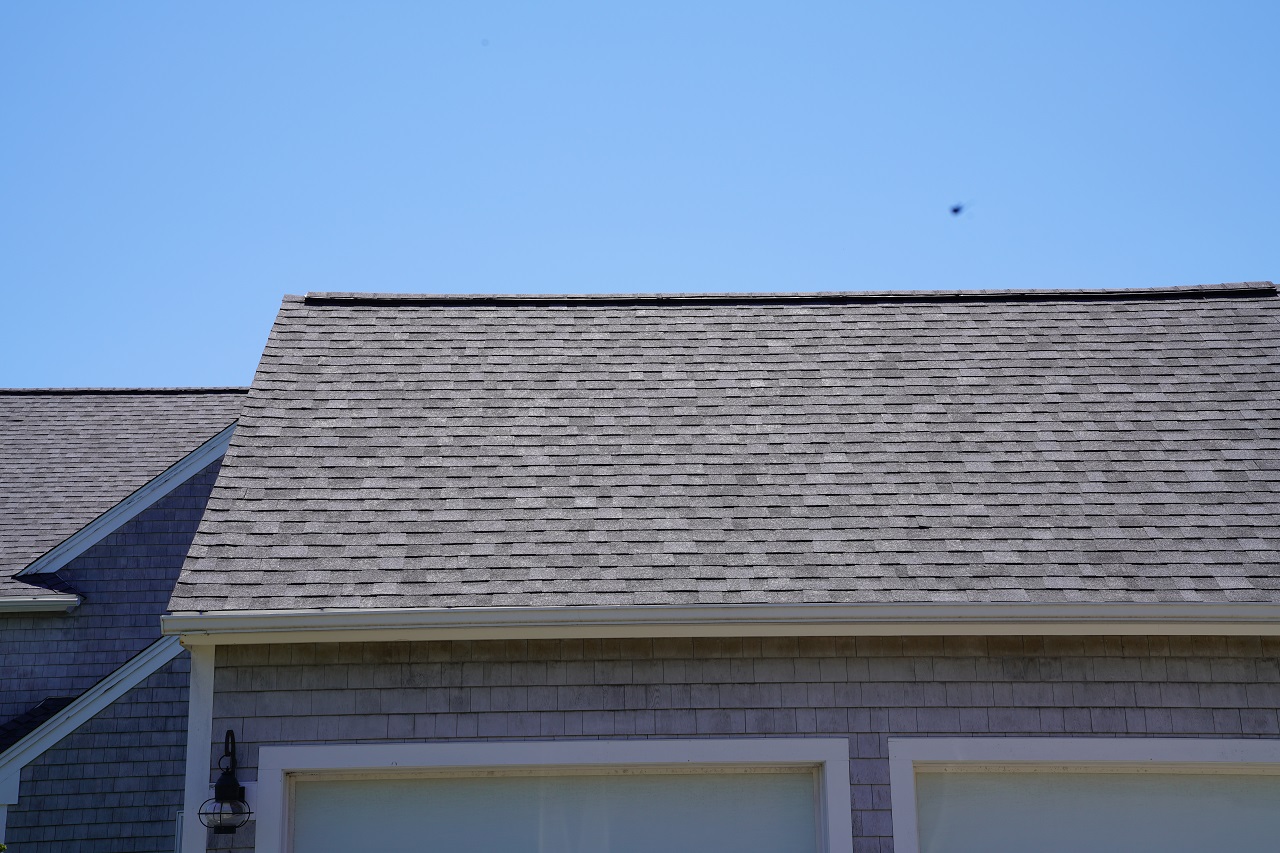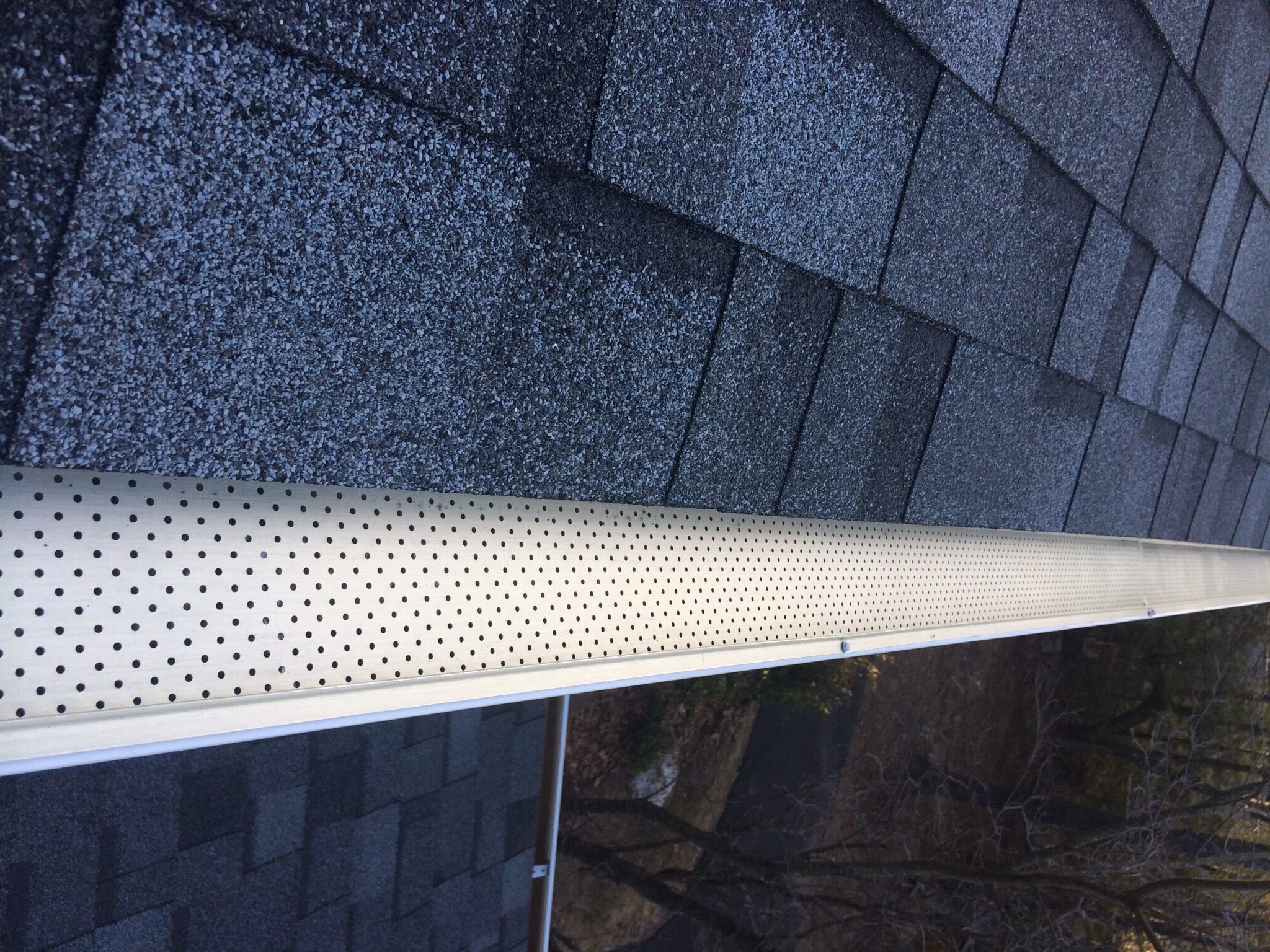Architectural roof shingles are a standout choice among roofing options, providing both aesthetic appeal and enhanced durability that homeowners find invaluable. As experts in residential roofing, we understand the importance of choosing the right materials that not only protect your home but also enhance its overall appeal. Architectural shingles, made from high-quality asphalt, offer a dimensional look to roofs, which sets them apart from the classic flat appearance of standard shingles.
These shingles feature a layered construction that mimics a more natural, depth-enhancing look, similar to that of wood shake roofs. Not only do these shingles boost the curb appeal of a home, but they also provide superior weather resistance and longevity. Knowing the benefits and proper installation methods of architectural shingles can significantly impact the protection and value of your property.
Our commitment to providing top-tier roofing solutions drives us to deliver not just services, but also insightful information to help you make well-informed decisions regarding your roofing needs. Whether you’re considering a new roof installation or replacing an aging one, understanding the substantial advantages of architectural shingles is the first step in making a choice that aligns with your aesthetic preferences and functional requirements.
What Are Architectural Roof Shingles?
Architectural roof shingles, often referred to as laminated or dimensional shingles, are a type of asphalt shingle known for their unique appearance and enhanced durability compared to traditional three-tab shingles. Unlike their more basic counterparts, architectural shingles are crafted with multiple layers of material, giving them a thicker, more dimensional look. This not only adds a touch of elegance to your home’s exterior but also plays a crucial role in the shingle’s overall performance and longevity.
We consider the design flexibility one of the significant advantages of architectural shingles. They come in a variety of styles and colors, allowing us to tailor the roof to complement your home’s aesthetic perfectly. Whether you’re looking for a look that mimics natural slate or something more traditional, architectural shingles can be a great way to enhance your home’s curb appeal. Furthermore, their dimensional texture adds shadow and depth, boosting the overall architectural interest of your house.
Key Benefits of Architectural Shingles
Choosing architectural shingles offers several benefits, which extend beyond their visual appeal. Here are some of the key advantages:
1. Enhanced Durability: The multi-layer construction of architectural shingles provides greater thickness and protection. This makes them more resistant to wind, heavy rain, and hail compared to the standard three-tab shingles.
2. Longevity: Thanks to their robust design, these shingles commonly come with longer warranties and have a life expectancy of up to 30 years or more. This is especially important in New Hampshire and Southern Maine, where weather can be a bit harsh and unpredictable.
3. Improved Home Value: Upgrading to architectural shingles can increase your property’s resale value. Their attractive appearance and long-lasting nature are desirable traits for potential buyers.
4. Energy Efficiency: Some types of architectural shingles are designed to reflect solar heat, which can help in reducing cooling costs during the hot months. They keep your home cooler naturally, enhancing your overall energy efficiency.
We recommend architectural shingles to homeowners who seek a balance between cost, appearance, and durability. This roofing option provides a significant return on investment by enhancing home aesthetics and functionality, proving to be a wise choice for many.
Comparing Architectural Shingles to Other Roofing Options
When considering roofing options, it’s essential to compare architectural shingles with other types often used in residential settings. Unlike standard three-tab shingles, architectural shingles offer a layered, three-dimensional look that provides not only aesthetic enhancement but also added durability. This makes them a superb choice over the typical three-tab option, which might be less expensive but also thinner and with a shorter lifespan.
Compared to heavier materials like slate or cedar shakes, architectural shingles stand out by offering a similar luxurious appearance but at a more affordable price and with easier installation. While natural slate and cedar shakes bring unique beauty and long-term durability, they require reinforced roof structures due to their weight and often need more maintenance. Architectural shingles provide a practical middle-ground solution. They mimic the look of these premium materials and deliver a performance that can withstand the local climate’s demands without requiring extensive structural modifications or ongoing upkeep.
Proper Installation and Maintenance Tips for Architectural Shingles
For architectural shingles to live up to their potential, proper installation and regular maintenance are crucial. We always emphasize the importance of professional installation, which starts with choosing a qualified and experienced roofing contractor. Proper installation includes ensuring that each shingle layer is correctly aligned and securely fastened to prevent wind uplift and moisture infiltration. Additionally, using quality roofing underlayment and flashing is key to protecting the underlying structure and extending the roof’s lifespan.
Maintenance of architectural shingles entails regular inspections, particularly after severe weather events, to identify and address potential damage like loosened shingles or compromised flashing. It’s also wise to keep trees trimmed back from the roof to reduce the risk of physical damage and to prevent the accumulation of leaves and debris, which can trap moisture against the roof surface.
To keep your architectural shingles in top shape, scheduled cleanings to remove algae, moss, and dirt accumulation should be part of your maintenance routine. Taking these steps not only preserves the appearance of your roof but also helps maintain its integrity over time.
Conclusion
Choosing the right shingle type for your home involves balancing aesthetics, durability, cost, and maintenance requirements. Architectural shingles, with their superior durability, appealing look, and reasonable price point, represent a fantastic option for many homeowners in New Hampshire and Southern Maine. Thanks to their ability to mimic premium roofing materials and enhance overall energy efficiency, they provide both practical benefits and add value to your property.
If you’re considering architectural shingles or any other roofing solution, reach out to your trusted New Hampshire roofing contractor today! At J. Carnes & Son Roofing, we take pride in helping you explore your roofing options, ensuring you select the best materials that match your style and meet your functional needs.

